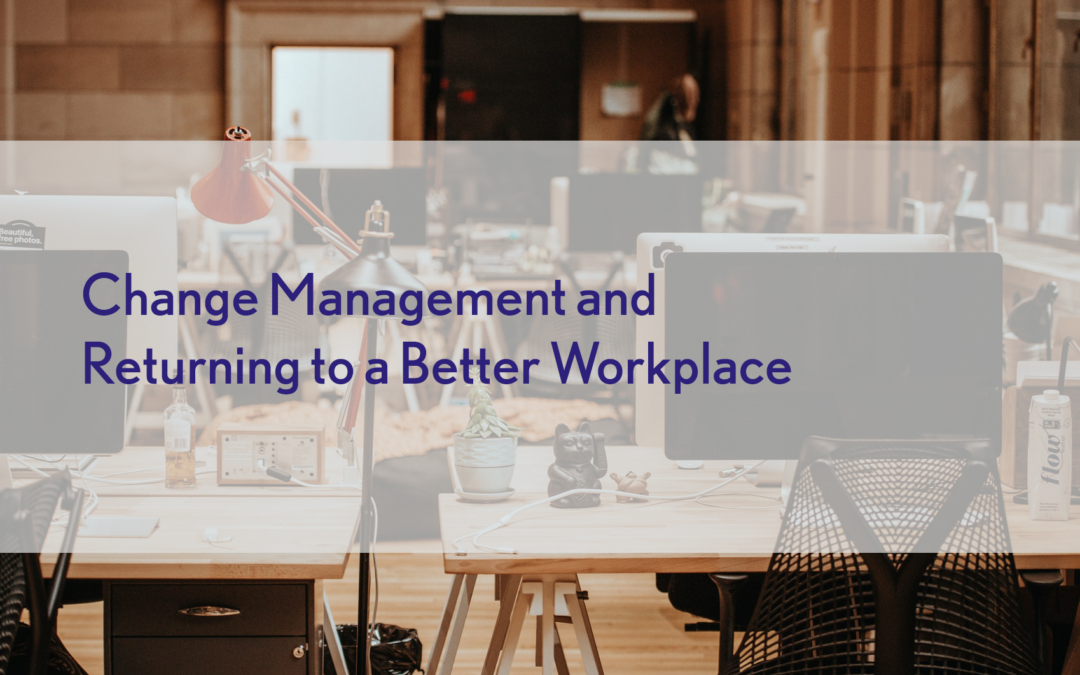The global pandemic has accelerated the transformation of work at an incredible pace. Hybrid work is the new normal and now a preferred way of working. The transition to this new work model is more than a change of workplace; it is also a change of mindset. A change management strategy can make a difference in people’s adherence to this process, making it agile and less “painful” for those involved.
Change should be managed in an intentional and well thought out way, recognizing that this is a holistic experience, not only about space, but also about the new behaviors that will come out of the change and benefit the organization as a whole. Successful change management comes from addressing the culture, the process, the tools, and the space.
The most important thing is to not underestimate that this is a big change for people after more than a year of working from home. This is not just any change. This is a good opportunity to achieve greater productivity, attract new talents, reduce waste, and provide work-life balance for current employees.
Communication is a key factor in building trust and keeping every organization moving in the right direction. It is important to communicate options and approaches to employees in order to manage expectations about workplace return changes. It will be critical to plan resistance in advance, keep communication channels open, and respond to issues promptly.
Allow employees to be a part of the process and ask them what changes they would like to see in the office space. New furniture? New colors on the wall? More open and collaborative spaces? For example, allow staff to test drive and vote on preferred new ergonomic chairs. Also, if your organization is going through space renovation, always give schedule updates.
Organizations now more than ever need to reinvent themselves, bringing new perspectives and solutions to increase wellbeing and provide an attractive environment to employees. A good way to help during this time of change is to integrate biophilic design into the workplaces. The use of wood elements, natural color palettes, plants, water features, natural light, airflow, sounds and even scents are elements that can bring the outside world in, providing a welcoming and enjoyable environment for employees to return to every day.
Even after people have transitioned back to the workplace, change management must be sustained, which could then look like focusing on coaching, and supporting people through the adaptation process. Internal surveys are a good way to gauge employees’ new work experiences. Attending to the needs, concerns and emotions of people is key to change management success.
The pandemic has given organizations the opportunity to improve and learn to work better. Change management is crucial for implementing a successful return to work experience and can lead organizations through the transformation for better workplaces. If you would like to learn more about how EDD can help your company transition back to return-to-work or a hybrid workplace, contact us here.
Suggested Content For You
Staying Home During A Pandemic
| While At Home... | At a time when the words “social distancing” isn’t just an oxymoron but a state mandate, many of us are looking for new ways to...
Supporting Healthcare Systems Through This Pandemic
EDD Supports Healthcare Systems Eighth Day Design continues to work and support facilities management teams across the nation, but more importantly,...
Our Response to COVID-19
Our Response to COVID-19. There has been so much uncertainty in these past few weeks that we wanted to address with you all how Eighth Day Design is...



